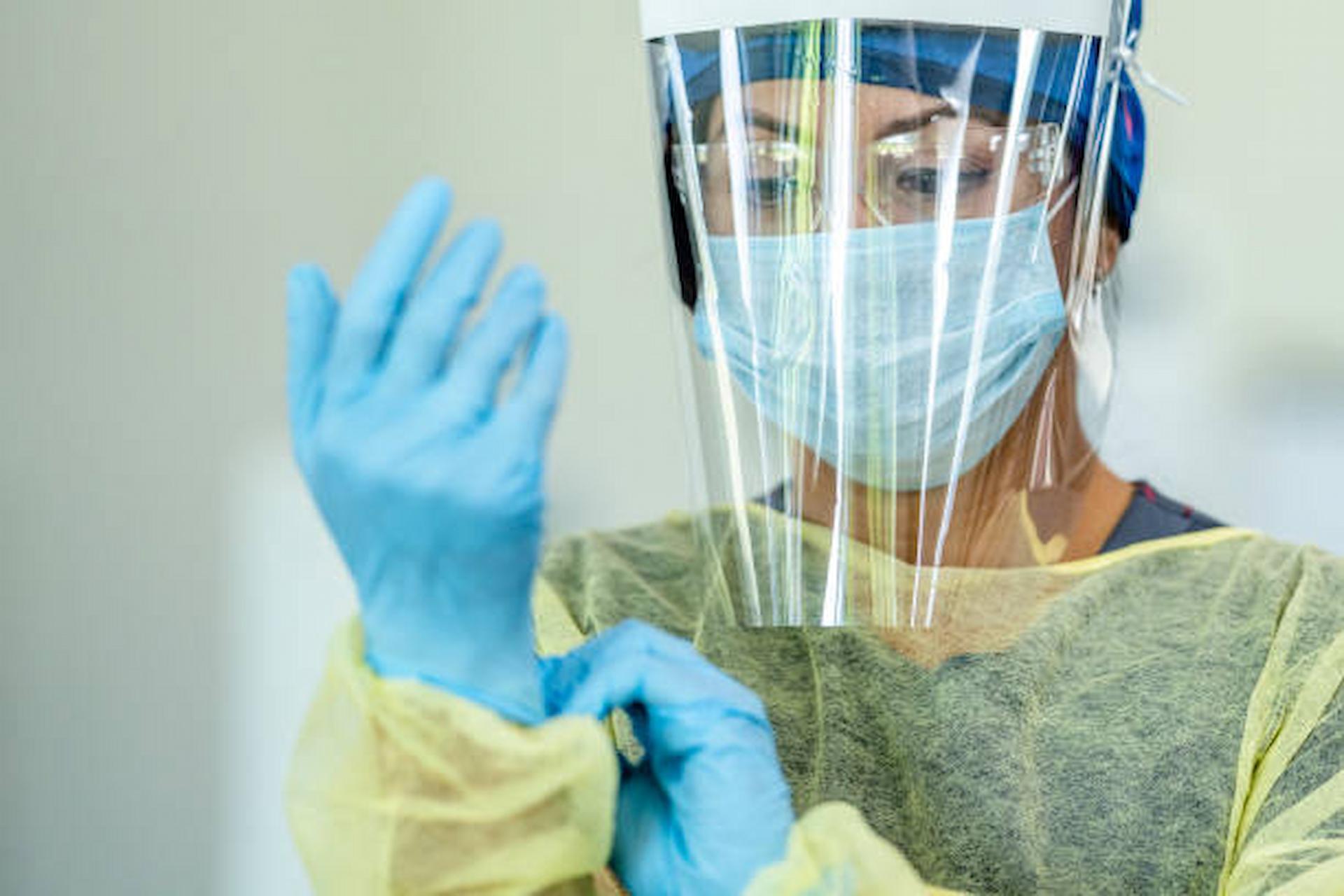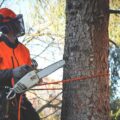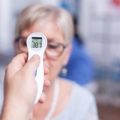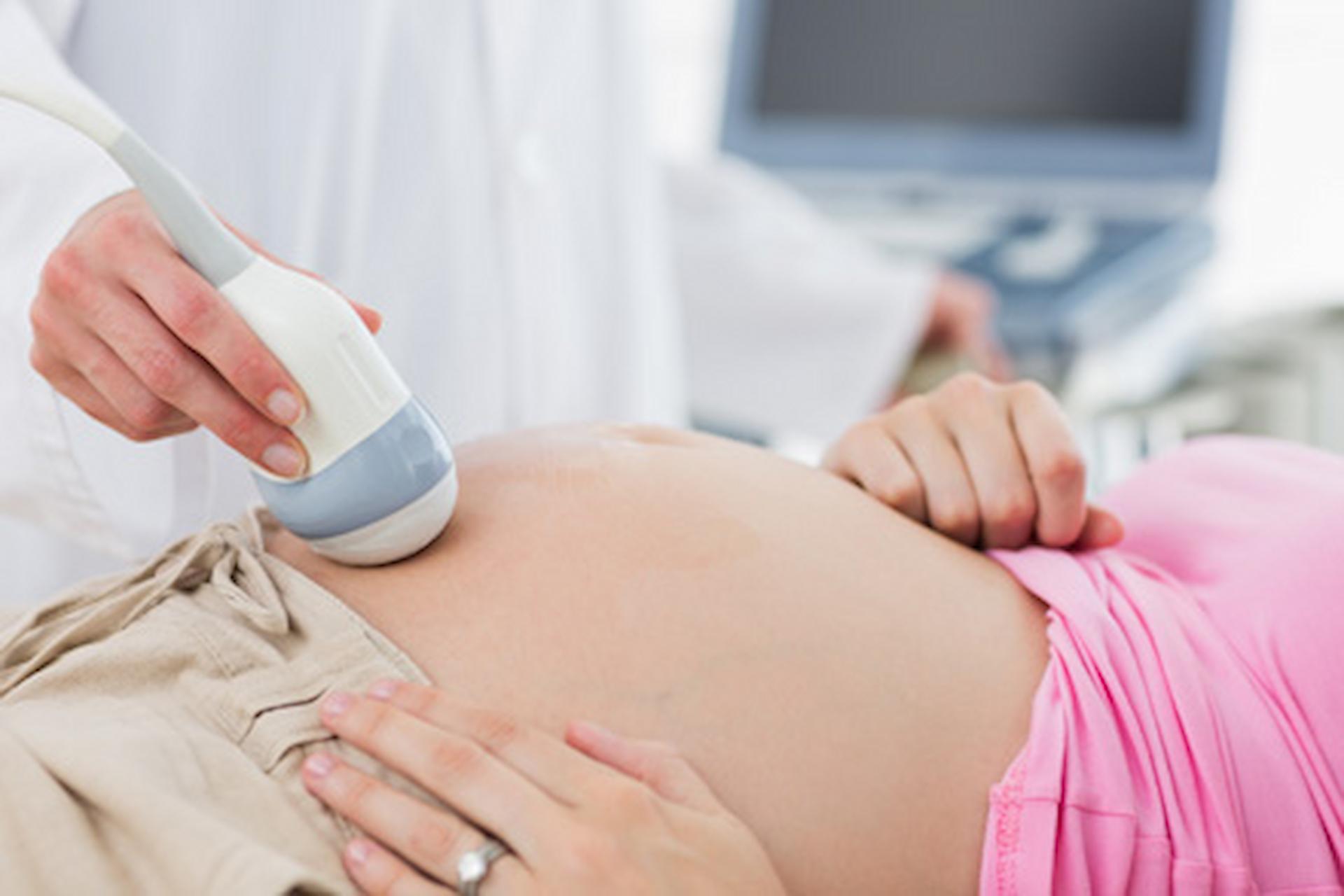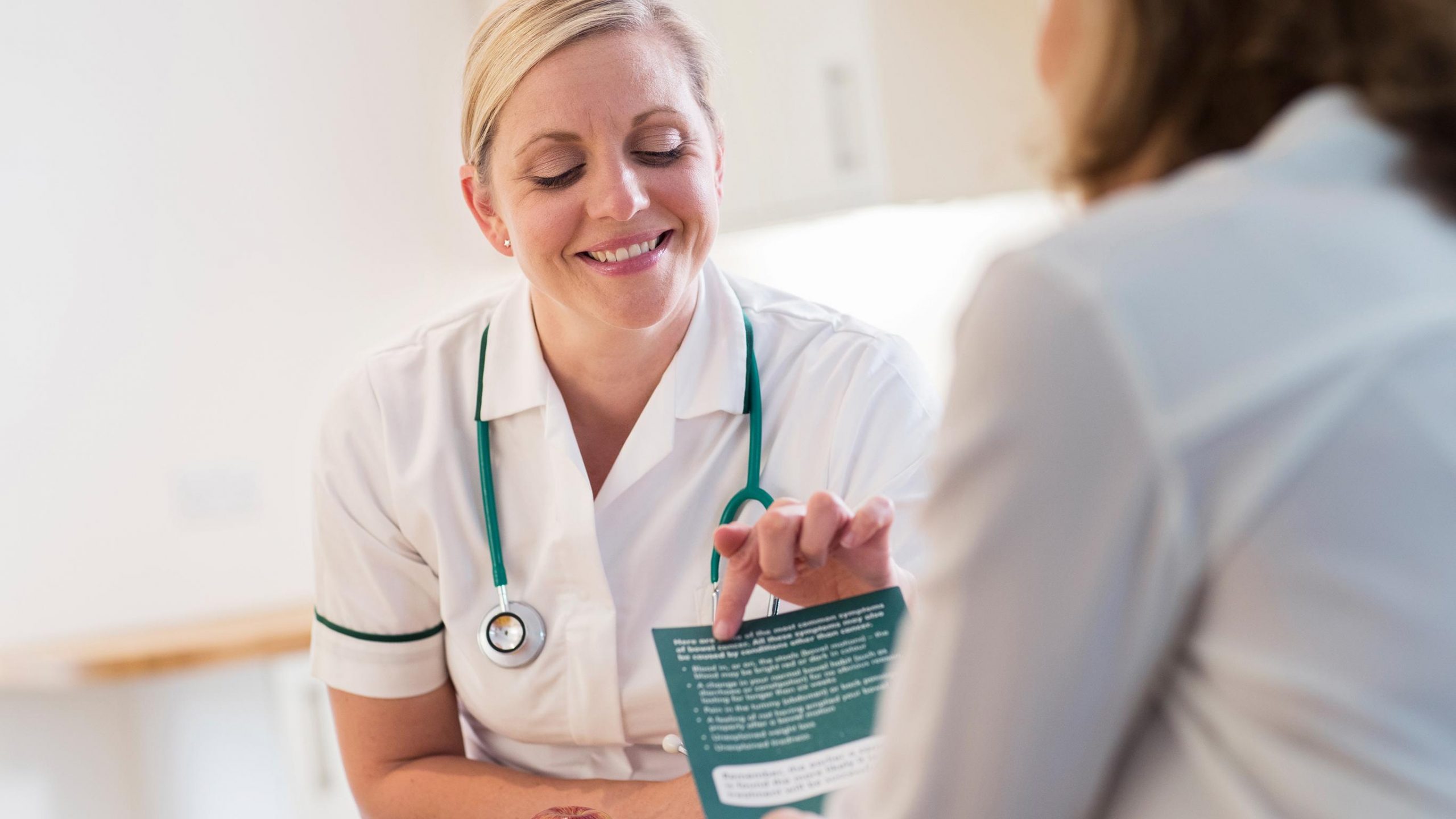The GP surgery can be seen as an integral part of the healthcare system and serves the local communities through all their stages of life and related healthcare needs. GPs routinely provide face-to-face consultations and remote consultations (which rose significantly during the height of the covid-19 pandemic) and undertake a range of diagnoses and write prescriptions for treatment. On-site nursing staff will also be present at the surgery to perform routine patient assessments and take samples or administer vaccinations. GP practices require a wide range of equipment and supplies in order to function effectively and rely on a highly efficient network of third-party medical businesses to swiftly deliver GP supplies.
This article explains three different pieces of medical equipment that are commonly found in GP surgeries. These medical devices enable the efficient and effective treatment of a broad spectrum of patients.
Pulse Oximeters
A pulse oximeter is a common piece of medical technology that most GPs will use on a regular basis. The technology has been around for several decades now, and, as such, the devices are compact and highly affordable medical devices. It is a small sensor device that is placed on the index or middle finger of the patient. Once placed and activated, it can accurately measure the level of oxygen in the patient’s bloodstream. A reading of 96% and above is recognized as being normal in a healthy adult. However, heavy smokers may have a slightly lower reading due to the effects of inhaling cigarette smoke. A reading of 90% and below is generally considered a cause for concern in otherwise healthy patients, as it can indicate hypoxia and may require oxygen therapy in order to treat it.
Autoclaves
While GPs often use a range of disposable medical supplies and equipment, such as surgical gloves and swabs, they will also be likely to use equipment that is not for single use. Any equipment or device that comes into patient contact and is not disposable is required to be sterilized. Patients who visit their GP surgery are naturally likely to be suffering from a range of illnesses, viruses, and other ailments. The potential for infecting subsequent patients with multiple-use equipment is high, so it becomes a necessity to keep such equipment free of germs and viruses by sterilizing it after every use on a patient. Autoclaves work by heating medical equipment to a high temperature and at high pressure. This effectively kills germs and bacteria, making the equipment safe for re-use.
Stethoscope
Stethoscopes have a long history in medical practices and are considered to be one of the most frequently used medical devices by most GPs. The stethoscope was invented in 1816 by French doctor Rene Theophile Hyacinthe Laënnec. It is a simple but effective piece of medical technology that allows the GP to identify specific sounds within the body and undertake auscultation. It can be an effective means of identifying problems with breathing or abnormalities with the heartbeat. While the technology is old and simplistic in nature, its effectiveness in assessing patients has meant that it remains a vital piece of equipment for every GP.
